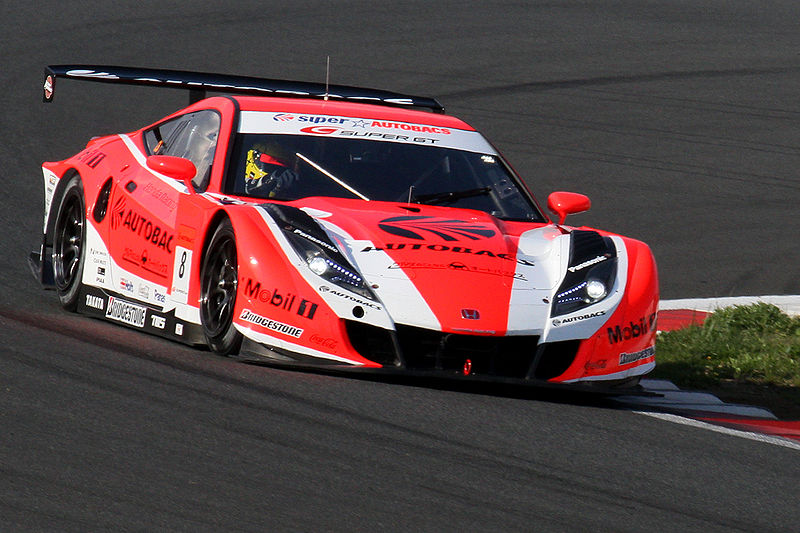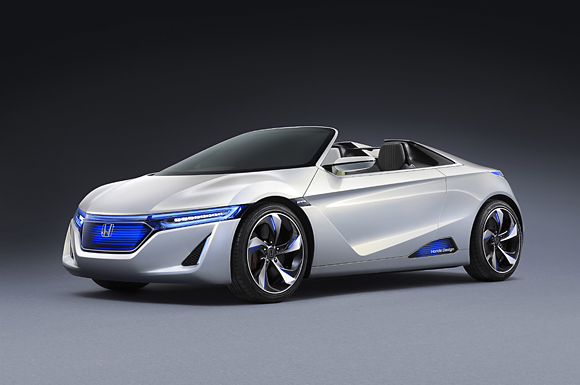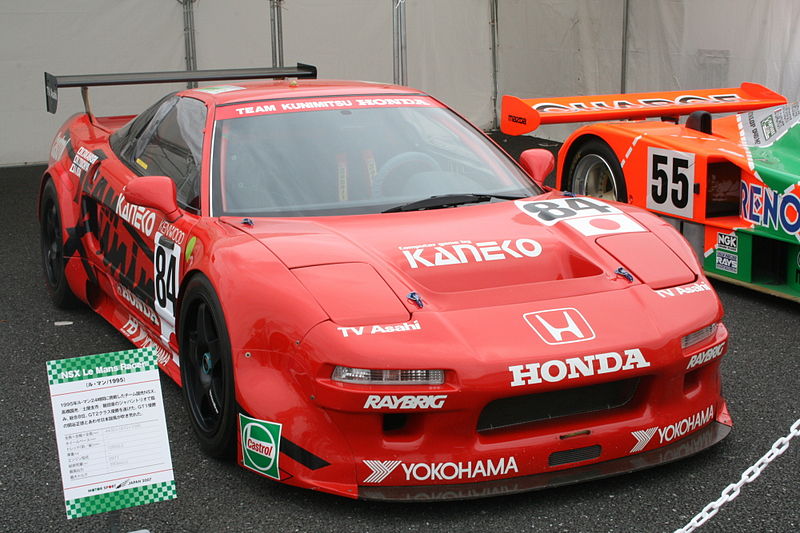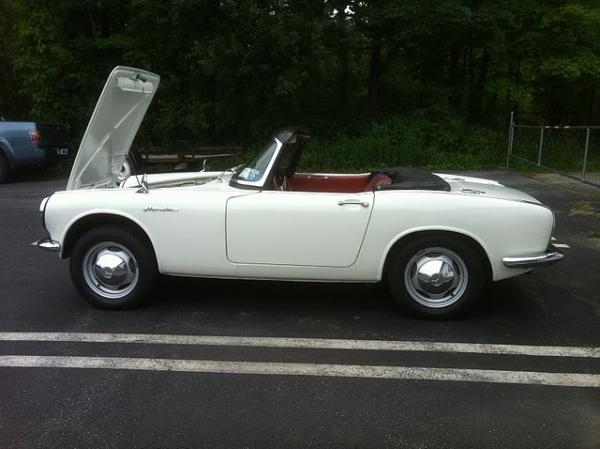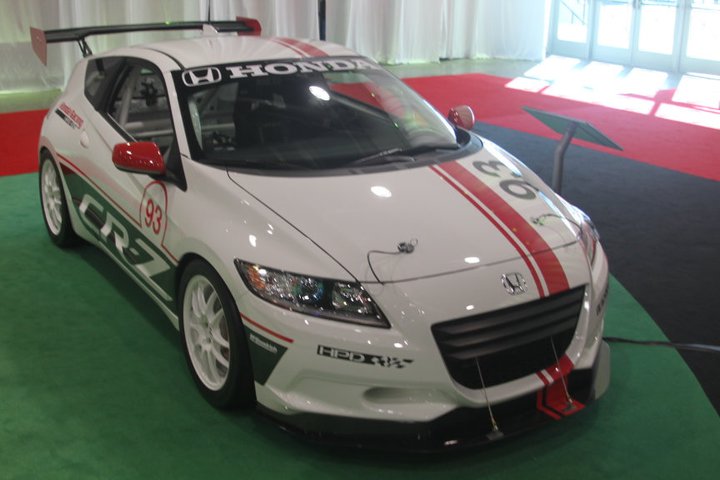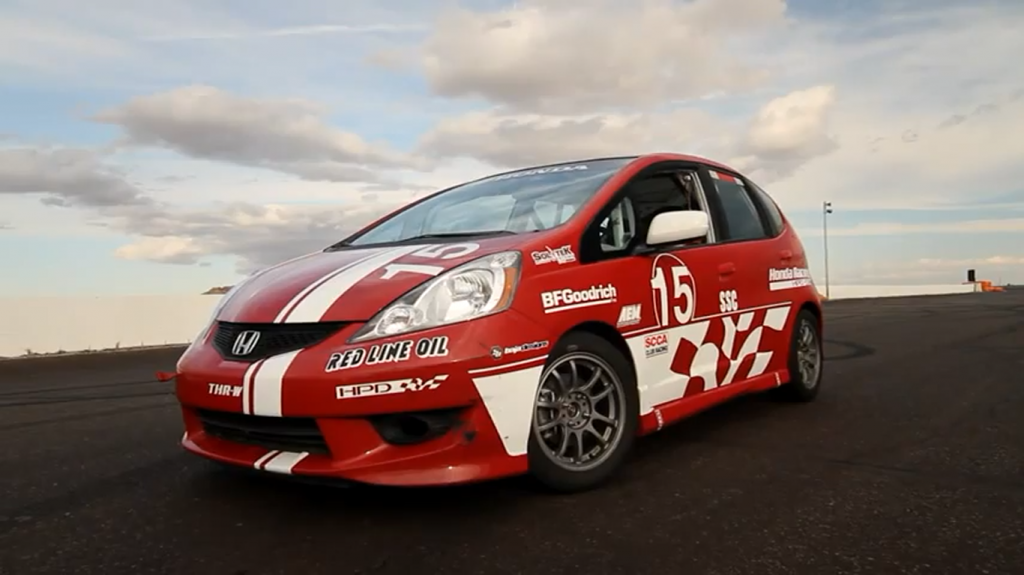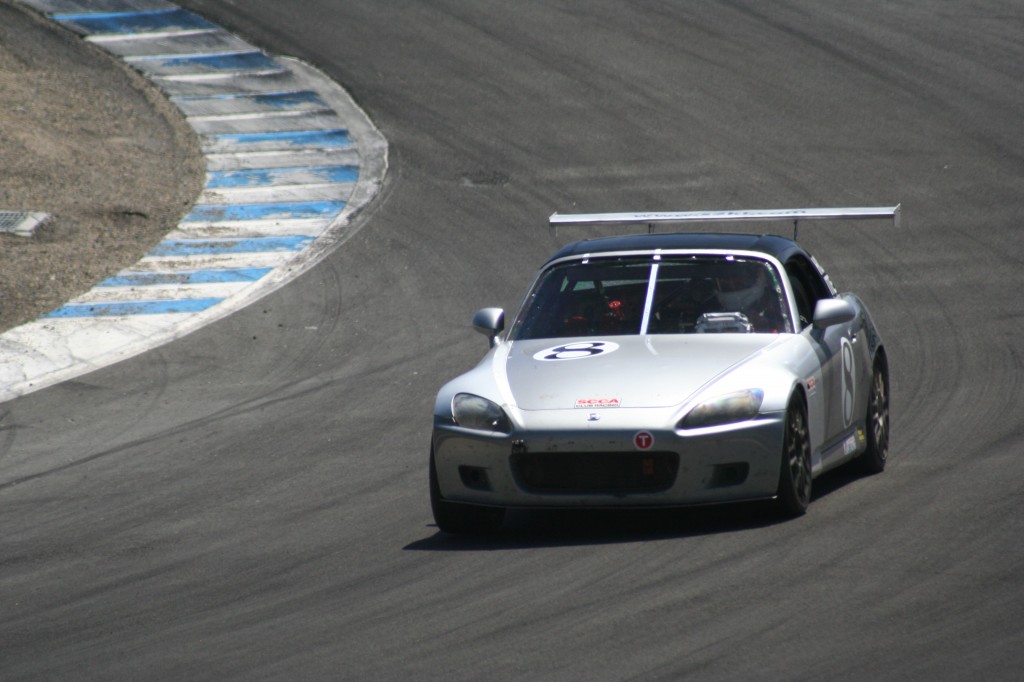Halo Car?
There is something to be said about Halo cars – they provide street cred to a manufacturer and its fans, bragging rights about ‘Ring Times’ and opportunities galore to exploit young impressionable minds via social media outlets. Nissan has the behemoth GT-R, Toyota has that curious carbon creation, the Lexus LF-A, Chevy has the Corvette ZR1 and Honda had the NSX which was quite the marvel of engineering and handling for its time. Currently though, Honda has no halo car, although rumors and hushed whispers indicate that something is coming.
First some recent facts:
– Honda makes a strong statement at the Tokyo Auto Salon by launching its Earth Dreams Technology and promising to be the leader in efficiency within the next three years. One of the announced drivetrains is a large 3.5 L V6 engine coupled with an SH-AWD hybrid system with electric motors powering the rear wheels promising V8 performance coupled with I4 efficiency.
– Top Gear Magazine in a recent article quotes Honda’s design manager emphasizing their need for a halo car and indicating that they are considering building the EV-STER or a new NSX.
A Kei car like the EV-STER may not quite meet the safety standards required for global sales. Hence, as repetitive as this may sound, it does appear that a supercar is possibly being considered, that is expected to restore the faded halo and reestablish Honda’s engineering worth. The question though is whether a halo car needs to be something that can only be afforded by what the Occupy movement would term the “One Percent.”
There is no denying that the aura of the NSX, especially when you consider the pedigree of people tied into its development (Shigeru Uehara, Ayrton Senna, Bobby Rahal, Satoru Nakajima, etc.), did a lot for Honda and established them as a force to be reckoned with. Here was a car that could compete with the best exotics of the time and yet display perfect road manners unlike its temperamental peers. But when you look at the cold hard facts, the NSX sold less than 20,000 units over its 15-year production run gradually losing ground to its competitors who caught up with it and left it behind. Today it is a car desired largely by Hondaphiles and its lack of development did it no favors. That said, is there a need for Honda to build a car like that unless they are willing to commit a full team and resources to constantly keep updating the car and aggressively marketing it along the lines of Nissan and the GT-R?
Further, while the NSX was a major engineering achievement, it did not quite majorly influence the design of Honda vehicles that came after it. If anything, it was a singular albeit a standalone achievement in a roster of mostly FWD cars and Utility vehicles (although it must be given credit for inspiring the McLaren F1). Would it make business sense for Honda to develop something that represents the pinnacle of auto engineering and yet not be able to derive any side benefits from the program that could filter down to the rest of its lineup? Perhaps it is best that they set the NSX name to rest and avoid the kind of mistaken comparison that yielded sorry results when they compared the CR-Z to the CRX-Si. It’s not like the ultra-rich (the aforementioned “One percent”) are lacking options when it comes to purchasing an exotic fire-breathing performance car and the chances are that, unless the NSX redux is truly earth shattering, they will not show up in droves with checkbooks in tow.
How then does Honda go about building their Halo? The answer, it appears, lies in the scores of fans and enthusiasts that have cut their teeth driving CRX-Sis, S2000s, B-swap Civics and the like. These are the people clamoring for performance and that wear dreary looks of disappointment on their face when they walk into a Honda dealership. These are people that endure jibes and mild abuse for driving a slow Honda, but never give up the good fight on track. These are the ones hoping and praying for signs of life and they deserve the halo effect.
So build that turbocharged CR-Z, make the Civic Si sharper looking and make its suspension firmer than the previous generation. Release the HPD parts catalog for the Honda Fit B-Spec racecar to your regular customers and allow them full liberty to customize their car so it can be used by weekend warriors on a limited budget. Most importantly, build another S2000 or something like the S2000. With sales of over 100,000 units over a 10-year run, the S2000 has presence on several continents and is no doubt keeping the Honda passion burning within several of its owners. The NSX was a one-off, but the “S” cars are tradition at Honda right from the early years of the S600 and the S800. The same design manager mentioned above also told Top Gear “A new S2000 is a difficult car for us to do, because of its front-engined, rear-drive platform”. Let me remind him that the lack of driveshaft technology never prevented Honda from building a RWD S600. At that time, Honda looked to its motorcycle division and came up with a sealed chain drive to each rear wheel.
To restore its halo (a.k.a. Mojo) and to keep it glowing, Honda does not need another expensive project. All it needs is to inject a dose of performance in its products and watch as its loyal customers return to the fold enhancing the halo effect throughout the community.
I’m willing to bet that in time more S2000 owners will likely lean towards the Toyobaru or the offerings from Hyundai, than get a second mortgage and splurge on the next NSX. The ball is in your court, Honda.
What do you think? Would Honda benefit more from the NSX or from a bottoms-up approach to building a halo?
RELATED LINKS:
Top Gear – Honda will build a new NSX supercar
Temple of VTEC – Honda Announces Revolutionary Next-Generation “Earth Dreams Technology”
Honda HSV 10 GT image courtesy of Mori via Wikipedia, EV-Ster image courtesy of Honda, Other images courtesy of HPD, krazik, supercarhall, Team Suzuka & Wikipedia

